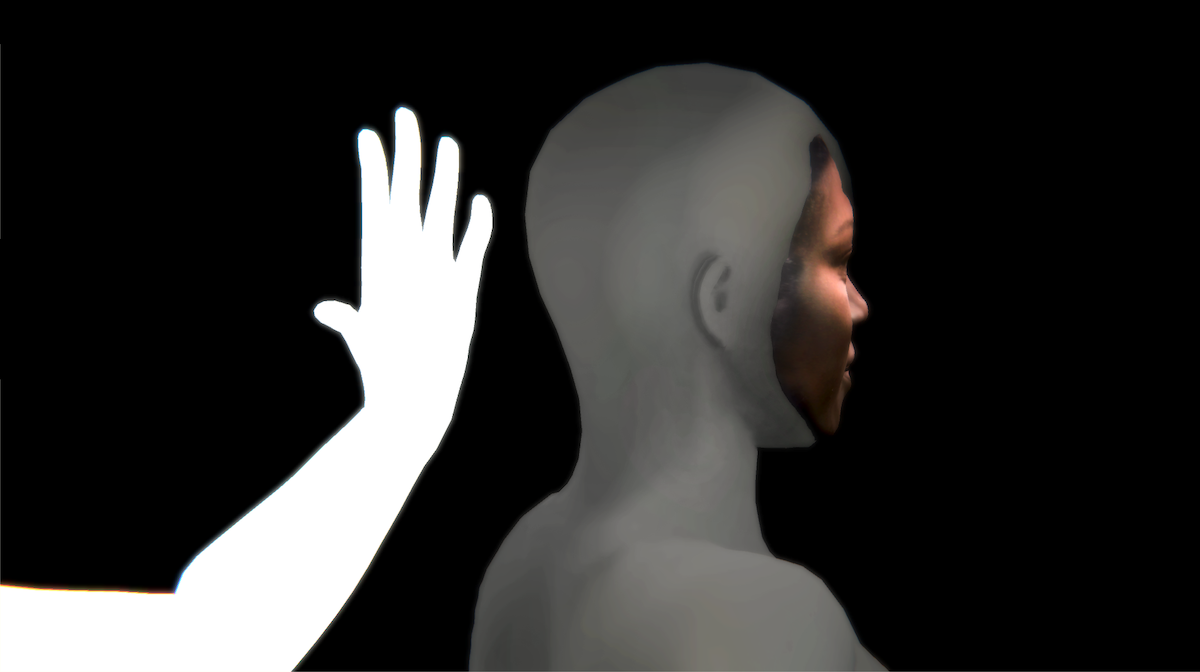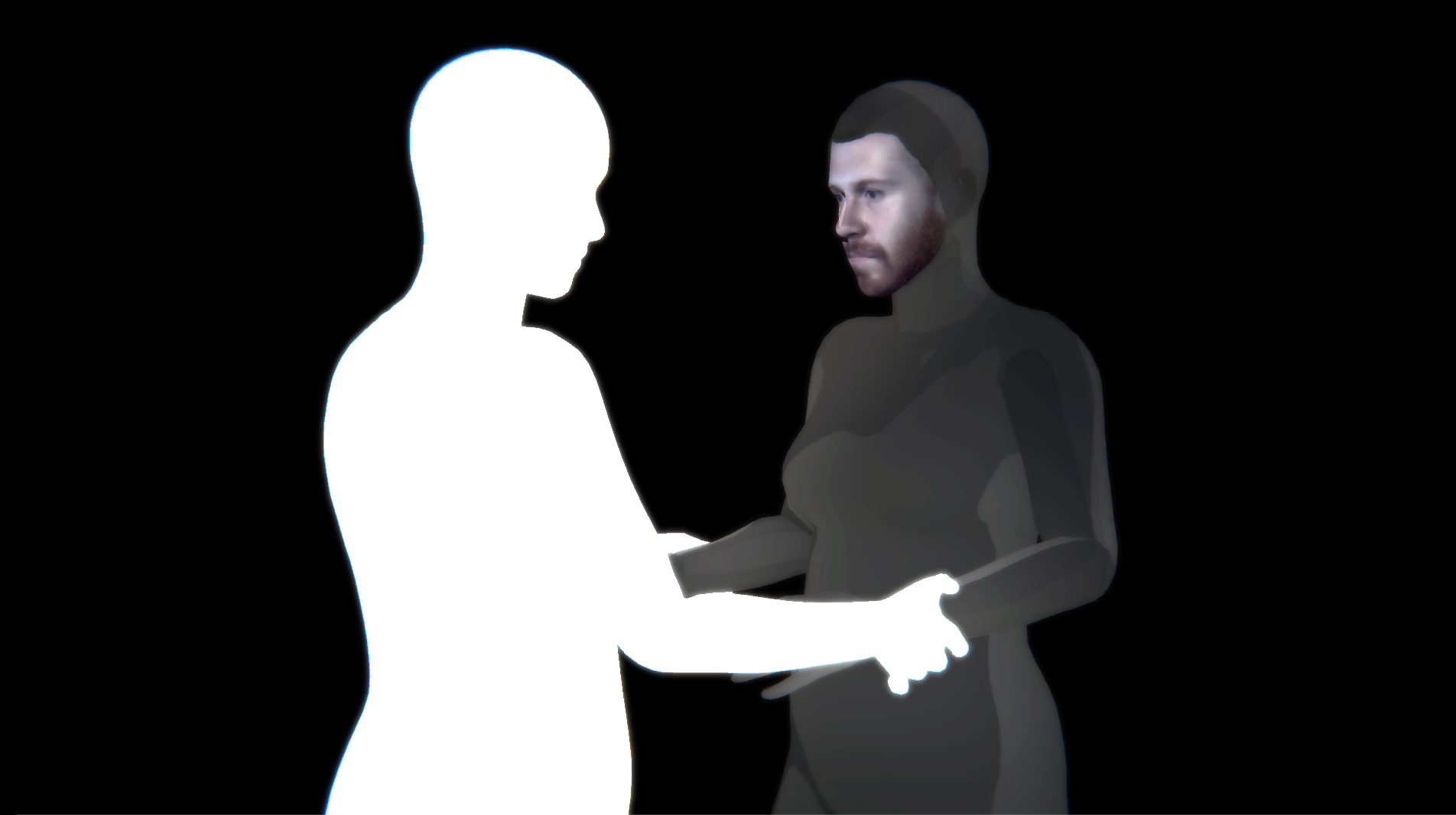2019 MAR–APR
Media Artist Hanna Haaslahti creates virtual worlds
Media artist Hanna Haaslahti explores the possibilities of human-machine-human interaction. Using computer vision as her tool she creates virtual worlds where viewers become actors and spectators at the same time. Haaslahti will spend Mar – Apr 2019 in residency in New York, scriptwriting a new work that probes interactivity and the relationship between humans and technology.
Haaslahti’s background is in set design, which she studied at the Art Academy of Verona, Italy and in photography, which was her major at the Lahti Institute of Design, Finland in the early 90’s. At that time, desktop computers were just introduced in art schools, and media art became a syllabus subject in the Lahti Design Institute. Haaslahti was one of the first to study the subject. She was so intrigued by it that later on she completed her studies at Aalto University’s Medialab.
Currently Haaslahti is working on a project called Captured – an interactive installation that captures viewers’ faces and creates new identities for them in a collective scenario, taking place in the virtual world. It combines faces of people with a random set of pre-modeled 3D bodies. The project is a collaboration that started in 2016 with Tyler Henry, artist and creative coder based in New York.
“Captured is a kind of platform that enables me to explore new ways of telling stories. Currently I’m working with a historical enactment that is set in Vienna after it was annexed to Germany in 1938. It explores how political tensions are mutated into humiliating public rituals. The scenario lets people explore how mob rule overtakes individuals.”
During her two-month residency period in New York, Haaslahti will continue working with the Captured framework, scriptwriting a new scenario that explores the history of swing dance in Harlem.
“I am interested in exploring the original swing dance movement of the 1920’s and the social dance scene around it. Swing was born in Harlem jazz clubs as an expression of small community, but has later been adopted by popular culture. This cultural appropriation process has a thematic connection with Captured, in which peoples faces are captured and applied to random characters in the story – without asking for their permission, or how they’d like to be presented.”
SUBSCRIBE TO OUR NEWSLETTER TO STAY UP TO DATE ON OUR LATEST PROJECTS AND EVENTS.


